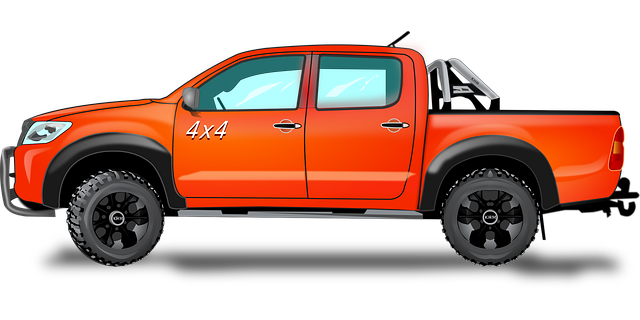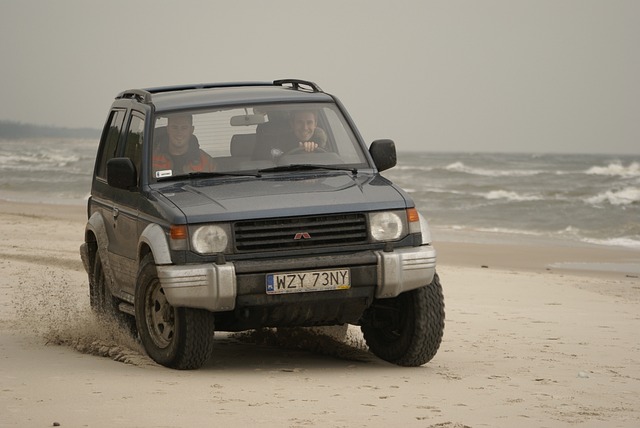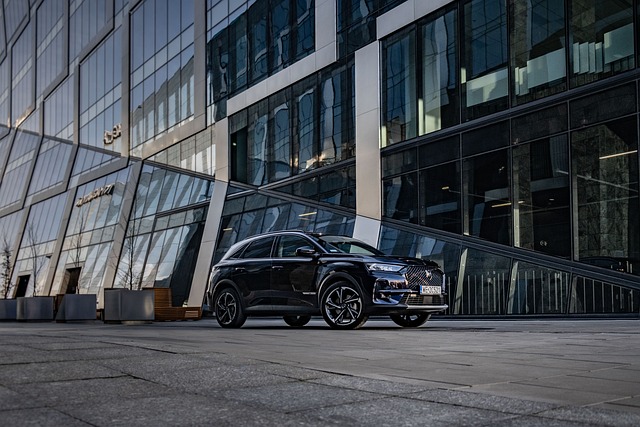Off-road lighting is a critical component for safety and efficiency, especially for Brownsville Fleet's operations involving truck recovery equipment. They prioritize durability and performance by investing in LED technology over halogen lights, which offer superior brightness, energy efficiency, and waterproofing in extreme conditions like dusty or humid environments. Proper installation, maintenance, and regular cleaning ensure optimal visibility during rescue operations, crucial for navigating treacherous terrains and ensuring the safety of all involved.
“Unleash your outdoor adventures with the ultimate guide to off-road lighting. From rugged terrain to nighttime navigations, proper illumination is key for safety and success. We explore the ins and outs of off-road lighting systems, including a focus on LED vs halogen technologies, crucial factors for selection, and expert tips for installation and maintenance.
Discover real-world applications through inspiring stories from the Brownsville Fleet, where specialized truck recovery equipment enhances their off-road capabilities with reliable lighting solutions.”
- Understanding Off-Road Lighting: A Comprehensive Guide
- Brownsville Fleet: The Role of Truck Recovery Equipment
- Types of Off-Road Lighting Systems: LED vs Halogen
- Factors to Consider When Choosing the Right Off-Road Lights
- Installation and Maintenance Tips for Optimal Performance
- Real-World Applications: Success Stories in Off-Road Lighting
Understanding Off-Road Lighting: A Comprehensive Guide

Off-road lighting is a crucial component for anyone venturing into unpaved territories, be it for recreation or commercial purposes. It’s more than just a bright light; it’s a survival tool that enhances visibility, safety, and effectiveness in challenging environments.
Understanding off-road lighting involves grasping the unique demands of different terrains, conditions, and activities. From the rugged landscapes of Brownsville to remote fleet truck recoveries, the need for robust and reliable illumination is paramount. Specialized equipment, such as LED lights designed for harsh conditions, can withstand extreme temperatures, vibrate resistance, and water immersion—essential features for navigating treacherous paths and ensuring the safety of individuals and equipment in the face of unexpected obstacles.
Brownsville Fleet: The Role of Truck Recovery Equipment

Brownsville Fleet, renowned for their expertise in off-road adventures, highlights the significance of truck recovery equipment as an indispensable tool for navigating challenging terrains. In the face of unexpected breakdowns or navigational mishaps, this specialized gear acts as a lifeline for drivers, ensuring safe and efficient extraction.
The fleet’s investment in robust truck recovery equipment is strategic. It enables them to tackle diverse landscapes, from rugged mountains to muddy riverbeds, with confidence. By equipping their trucks with powerful winches, robust recovery points, and specialized towing hardware, Brownsville Fleet enhances their off-road capabilities, catering to a wide range of customer needs and ensuring a smooth, secure journey through the wildest of wilderness.
Types of Off-Road Lighting Systems: LED vs Halogen

When it comes to off-road lighting systems, choosing between LED and halogen lights is a crucial decision for any vehicle enthusiast, especially those in the Brownsville fleet or engaging in truck recovery equipment operations. LED lights have gained immense popularity due to their superior durability, energy efficiency, and bright illumination. These lights are designed to withstand extreme conditions, making them ideal for off-road adventures where reliability is paramount. Unlike halogen bulbs, LEDs produce less heat, which can be a significant advantage when navigating challenging terrain.
Halogen lights, while traditional and cost-effective, may not offer the same longevity as LED systems. They tend to generate more heat, which can be problematic in dusty or humid off-road environments. For fleet managers or individuals specializing in truck recovery equipment, investing in high-quality LED lighting could mean the difference between a smooth, safe journey and unexpected breakdowns. In demanding conditions, like those encountered in Brownsville or during rescue operations, the reliability and robustness of LED lights cannot be overstated.
Factors to Consider When Choosing the Right Off-Road Lights

When selecting off-road lights, several key factors come into play, especially for those in the Brownsville fleet or engaged in truck recovery equipment operations. Brightness is paramount; choose lights with high lumen outputs to pierce through darkness and ensure visibility during night drives or recovery missions. The type of light matters too—LED lights are popular due to their longevity and energy efficiency compared to traditional halogen or incandescence bulbs.
Furthermore, consider waterproofing and durability given the rugged nature of off-road environments. Lights designed for harsh conditions will withstand dust, moisture, and extreme temperatures. Mounting options and ease of installation should also be evaluated, especially if you’re equipping your fleet or integrating them into recovery vehicles. Lastly, think about color temperature—a cooler light (5000K+) offers better visibility during low-light conditions, while a warmer tone (3000K-4000K) can be suitable for general off-road use and camping.
Installation and Maintenance Tips for Optimal Performance

Proper installation and regular maintenance are key to ensuring your off-road lighting system performs optimally. When installing off-road lights, it’s crucial to follow manufacturer guidelines for mounting locations and wiring. Ensure all connections are secure and well-insulated to prevent short circuits. For Brownsville fleet owners utilizing truck recovery equipment, paying close attention to these details can make a significant difference in visibility during rescue operations.
Maintenance involves regular cleaning of the lighting units to remove dirt and debris buildup, which can obstruct light output. Inspect connections periodically for signs of damage or corrosion, replacing any frayed wires or worn-out components promptly. Remember that consistent upkeep extends the lifespan of your off-road lights, ensuring they remain reliable in various terrains, especially during critical moments with your truck recovery equipment in Brownsville.
Real-World Applications: Success Stories in Off-Road Lighting

In the rugged terrain of off-roading, proper lighting is not just a luxury—it’s an essential survival tool. Off-road lighting systems have evolved to meet the demanding needs of adventurers, rescue teams, and fleet operators in some of the world’s most challenging environments. One remarkable success story involves the Brownsville fleet, where robust truck recovery equipment paired with advanced lighting technology has significantly enhanced safety and efficiency during critical operations. These vehicles are often called upon to navigate treacherous paths, recover stranded assets, or assist in emergency situations, all of which demand bright, reliable illumination that can cut through dense foliage and low visibility.
The integration of high-performance LED lights into off-road vehicles has revolutionized these real-world applications. With their exceptional brightness, durability, and energy efficiency, these lights provide superior visibility during night operations. For instance, the Brownsville fleet has witnessed a notable increase in success rates for truck recovery missions, thanks to lighting systems that illuminate even the most obscure corners of rugged landscapes. This enhancement not only expedites rescue efforts but also ensures the safety of both the operators and the environment.
Off-road lighting is not just a luxury, but an essential tool for navigating challenging terrains. As demonstrated by the successful applications in the Brownsville Fleet, investing in robust truck recovery equipment paired with LED or halogen lighting systems can significantly enhance safety and efficiency. By understanding your needs, choosing the right lights, ensuring proper installation and maintenance, you’re well on your way to illuminating even the most formidable off-road obstacles.
